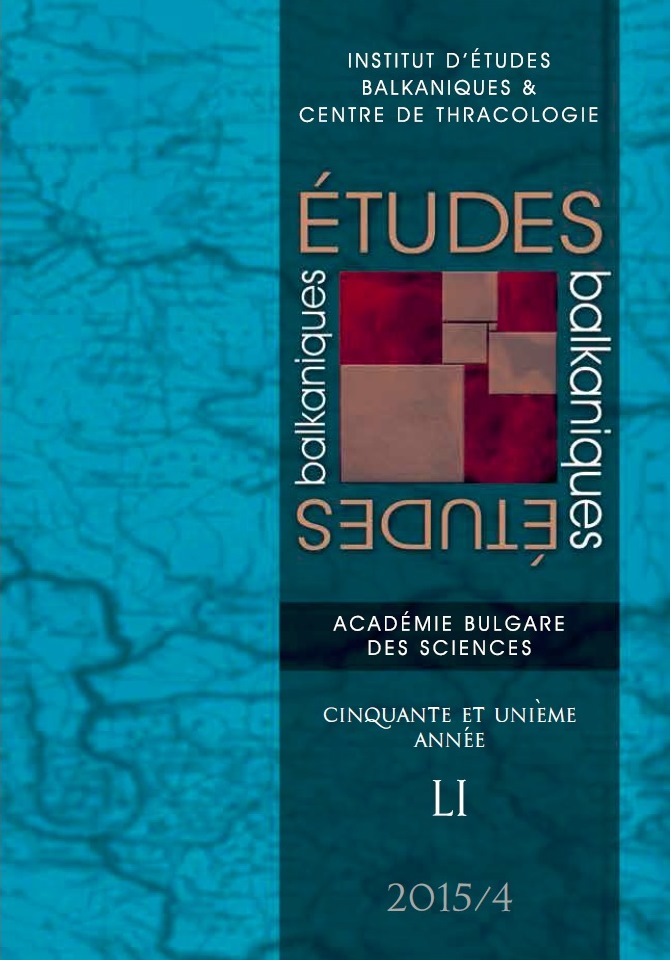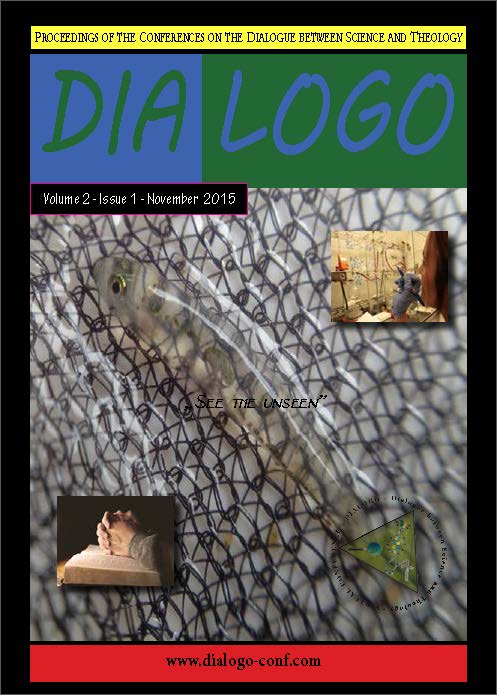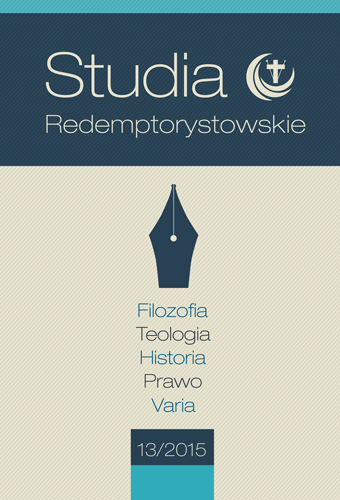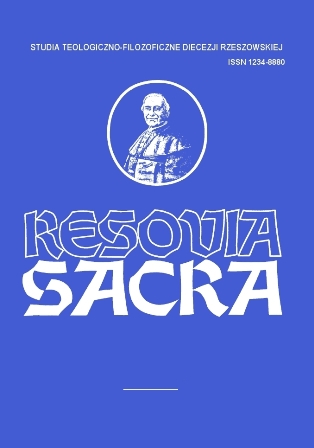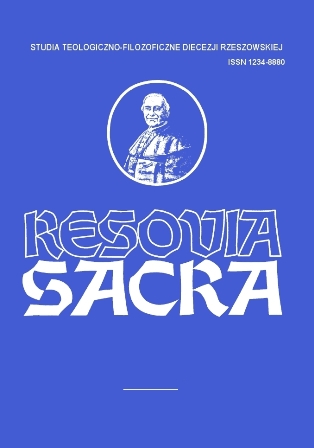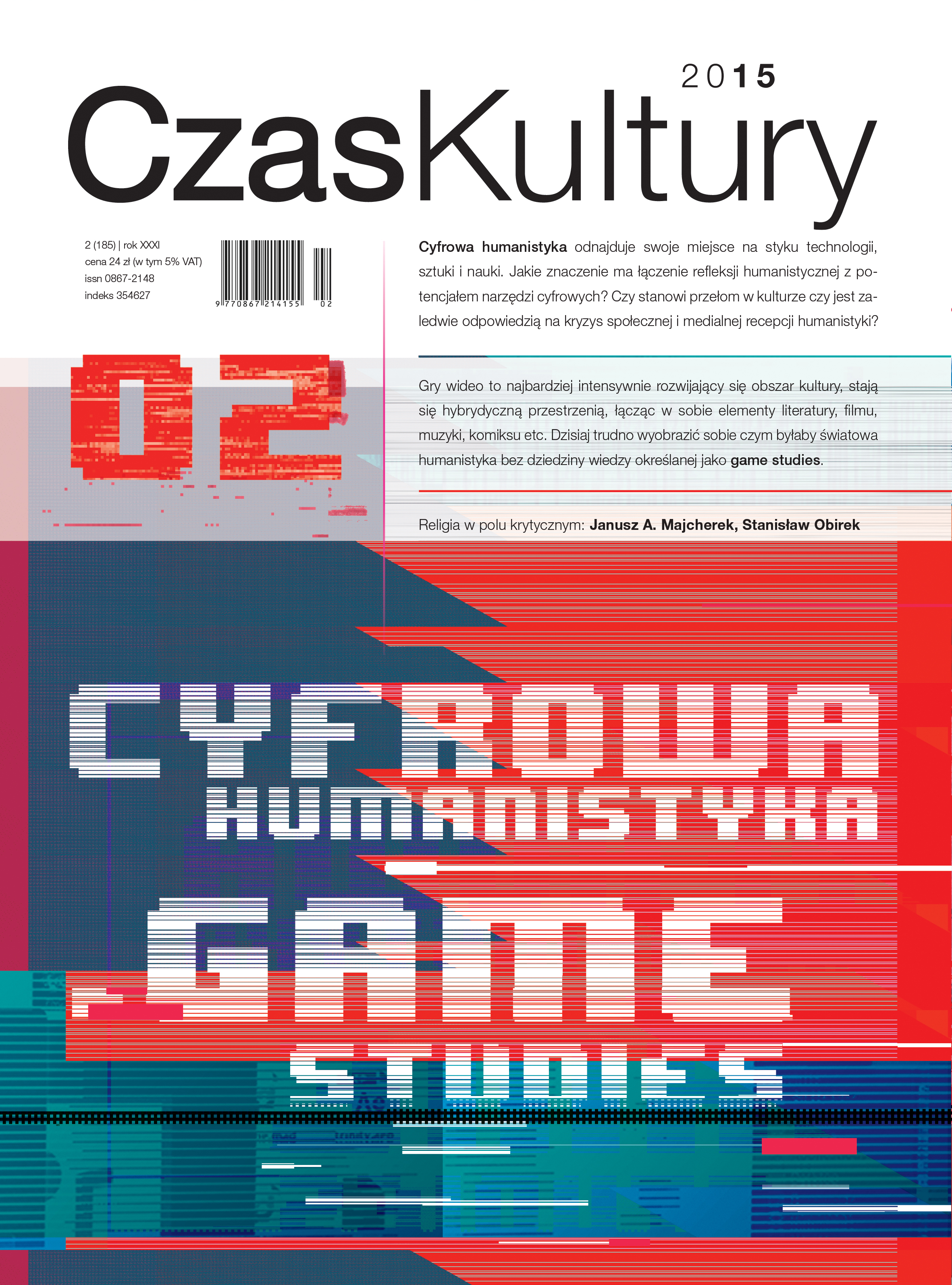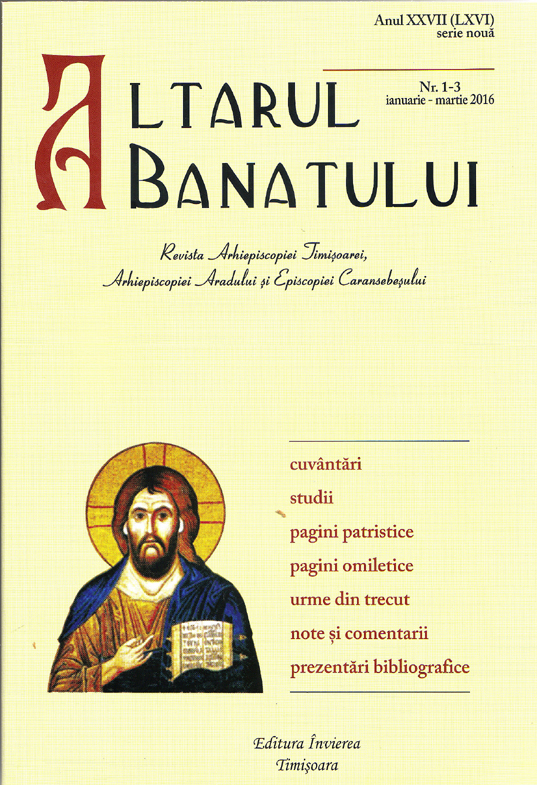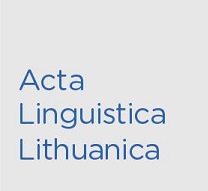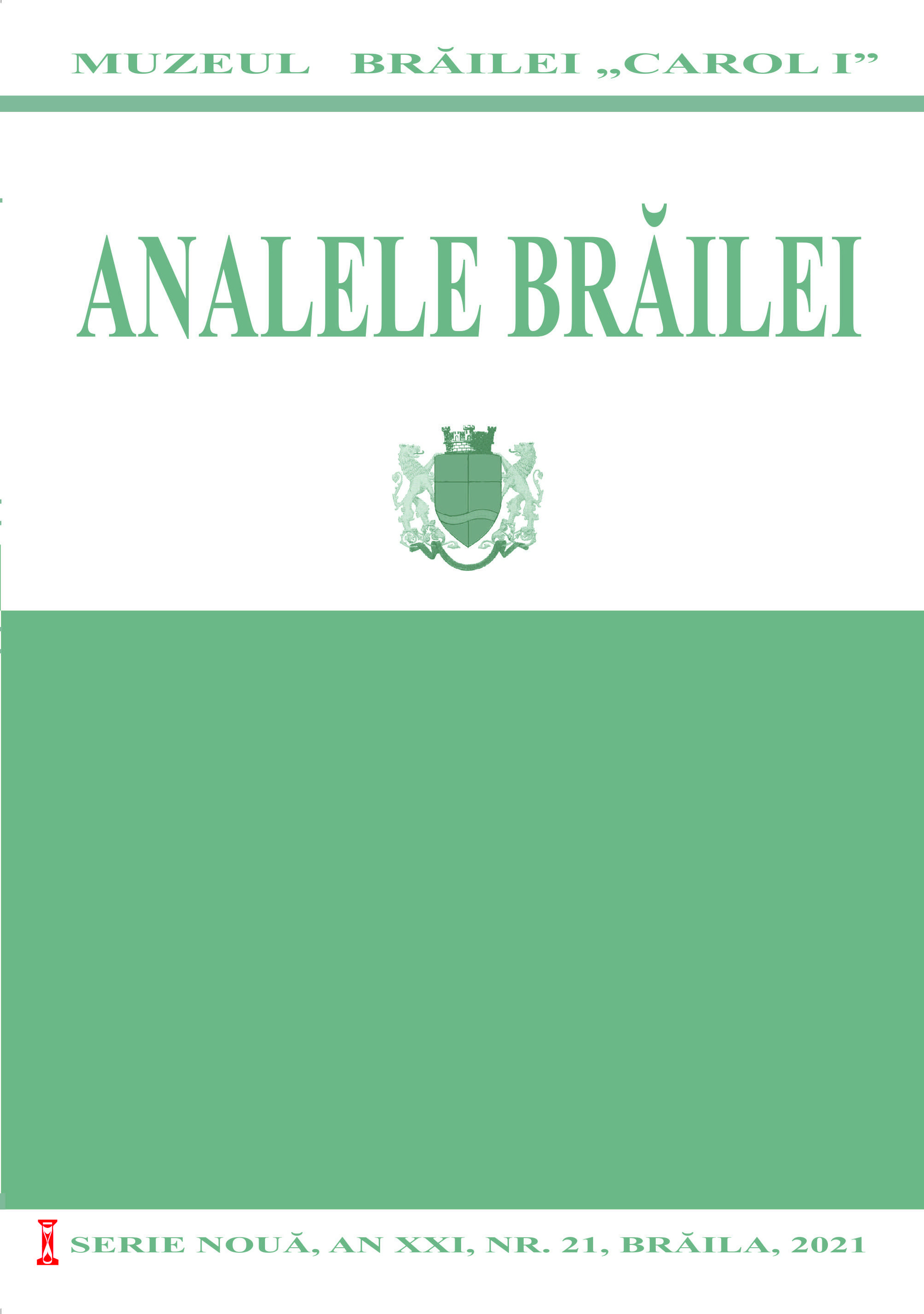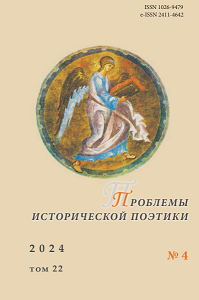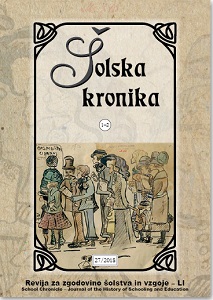Author(s): Teimuraz Khutsishvili,Nodar Aronishidze / Language(s): Georgian
Issue: 12/2024
As is known, in modern-day Turkey, the historical Georgian provinces are united under the conditional names of Tao-Klarjeti. These parts are Samtskhe (the upper course of the river Potskhovistskali), Erusheti (only a section), Javakheti (the areas around the Lake Kartsakhi), Artani (the central part and the Posso region), Palakatsio (the areas around the Lake Chrdili), Kola, Machakheli (the upper course of the river Machakhelistskali), Shavsheti, Klarjeti (the central part, the Nigali region, and the eastern part of the Egri region), Amier Tao (the northern part of the Oltisistskali basin and the Parkhali region), Imier Tao (the southern part of the Oltisistskali basin, part of the Chorokhi Valley, the Tortomi region, and the Narimani region), Kvemo Speri. Since the 16th century, this part of historical southern Georgia (Meskheti) has been part of the Ottoman Empire. Thereafter, the gradual decline of Georgian culture in these territories began, and over time, only a few dozen Georgian-speaking villages, historical toponyms, and artifacts, such as architectural and archaeological monuments, wall paintings, manuscripts, icons, and lapidary inscriptions, have remained. In the 19th century, following the Russo-Turkish wars, important parts of Meskheti, along with the rest of Georgia, became part of the Russian Empire. Since the 1870s, with the support of the Russian Geographical Society and other organizations, research began on the monuments belonging to the Georgian and Armenian cultures in the annexed territories. Hundreds of architectural monuments from the historical regions of Georgia located on theterritory of Turkey, as well as related manuscripts and artifacts, were studied. Old manuscripts and items related to Meskheti have mostly been preserved in the storages of Georgia's antiquities. However, there are quite a few artifacts of Meskhetian culture in foreign museums. Despite years of research and exploration of Tao-Klarjeti, some questions need clarification or further study which inevitably requires the active involvement of contemporary Georgian scholars in the humanities. We consider it very important to identify the monastery complexes in the specified area. From this perspective, the present letter proposes a significant scholarly innovation, in which an interdisciplinary methodological approach justifies the identification of the monastery in the historical village of “Ghviniya,” which in academic circles, previously was known only as a church.
More...

